Discovering Bavikonda: The Hill of Wells and Its Buddhist Legacy
Bavikonda, a historic hill near Visakhapatnam, stands about 130 meters above sea level. In Telugu, “Bavikonda” means “The Hill of Wells,” reflecting its many rainwater wells.
Get your dose of History via Email
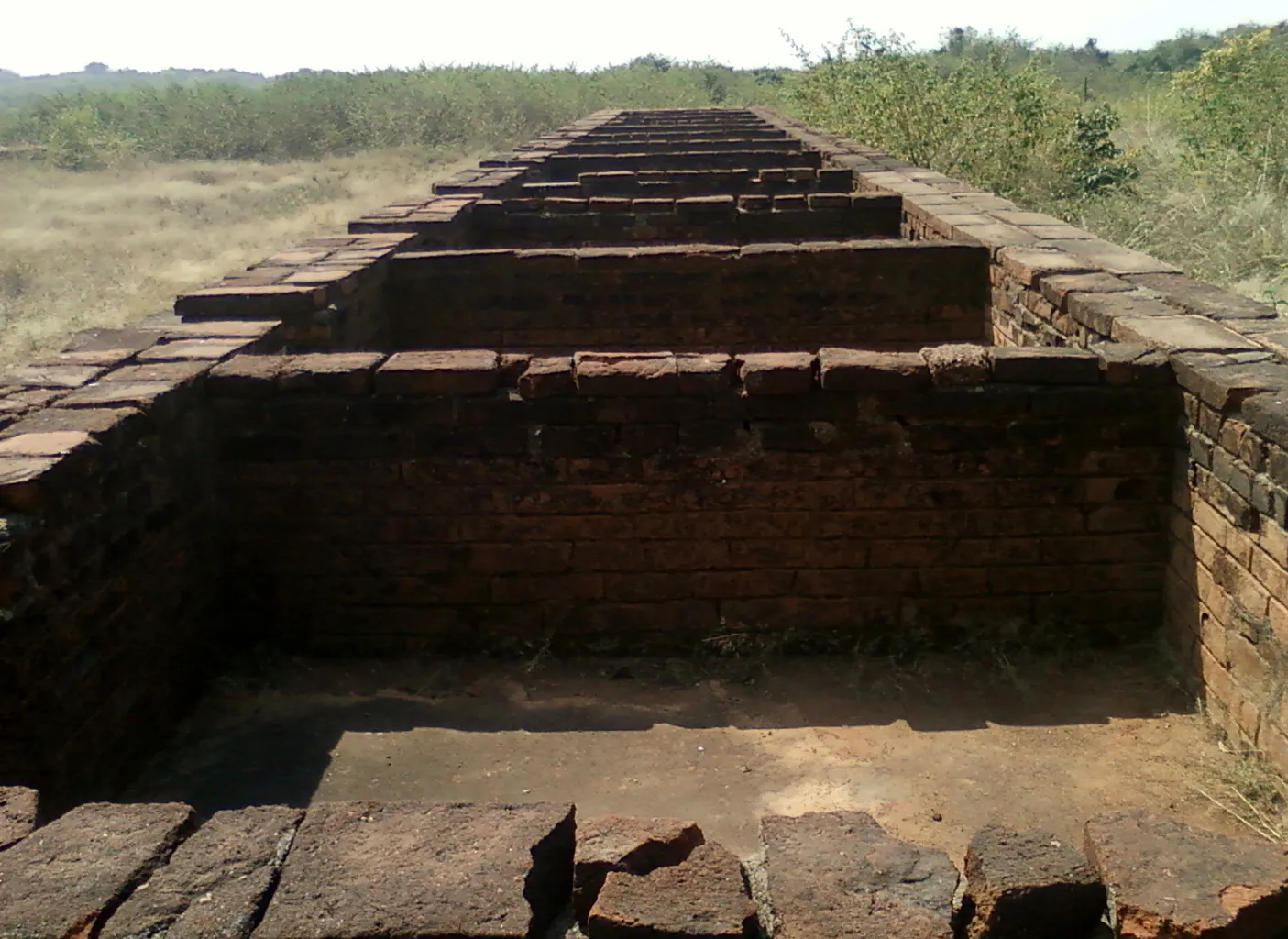
Unveiling the Bavikonda Buddhist Complex
Bavikonda houses a large Buddhist complex dating back to the 3rd century BCE. Archaeologists uncovered a bone relic, possibly of the Buddha, stored in an urn. This discovery adds immense religious significance to the site.
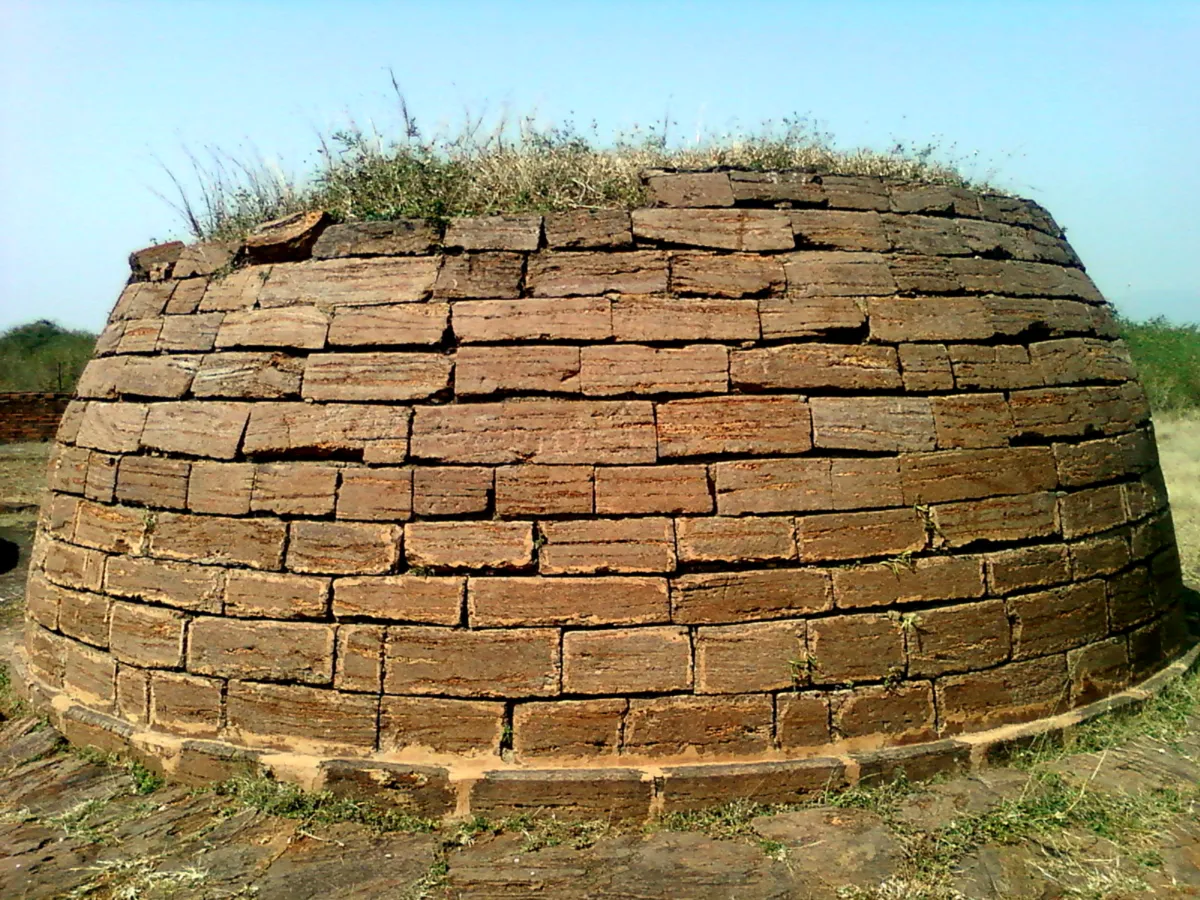
In addition to the relic, excavators found inscriptions, pottery, tiles, bricks, and coins. These artifacts offer insights into the daily lives of Bavikonda’s ancient residents.
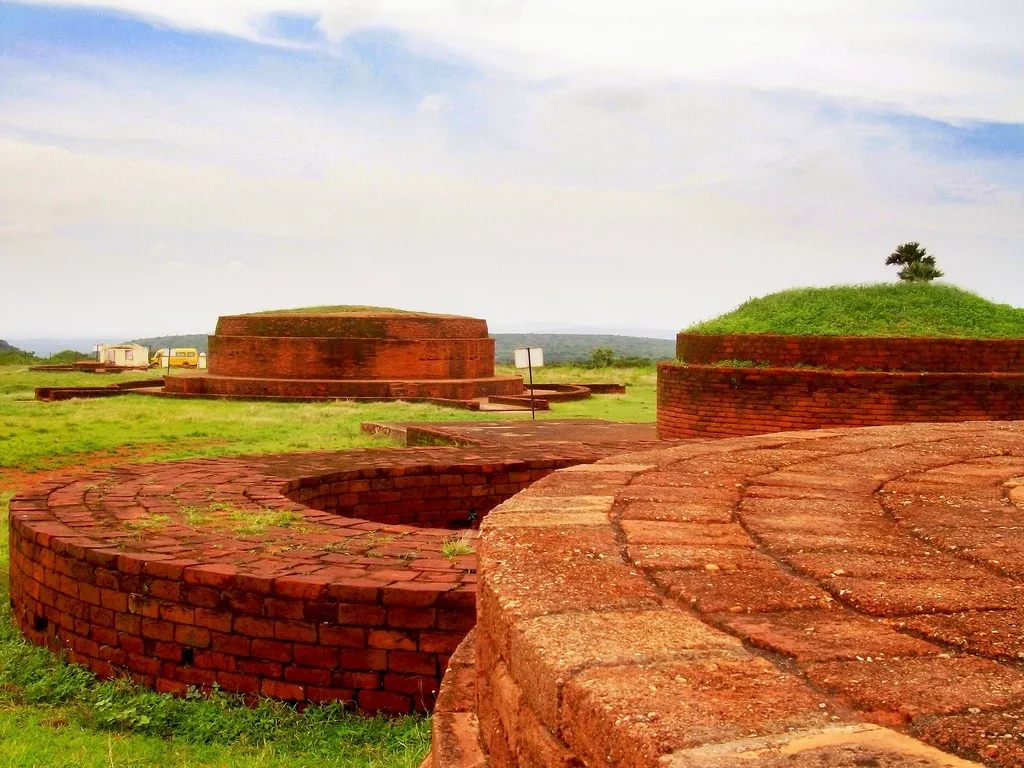
Architectural Marvels of the Site
Excavations revealed impressive structures. The site includes a large Mahachaitya, housing sacred relics, and a sprawling vihara complex. Numerous votive stupas, a stone-pillared hall, rectangular halls, and a refectory highlight Bavikonda’s architectural sophistication.
During conservation, workers discovered five silver and gold caskets inside the Mahachaitya. They strategically placed these caskets to face the ayaka platforms, symbolizing the Buddha’s presence.

Connections with Nearby Buddhist Sites
Bavikonda connects with nearby Buddhist sites like Thotlakonda and Pavurallakonda. Together, these sites formed a network of thriving monastic communities.
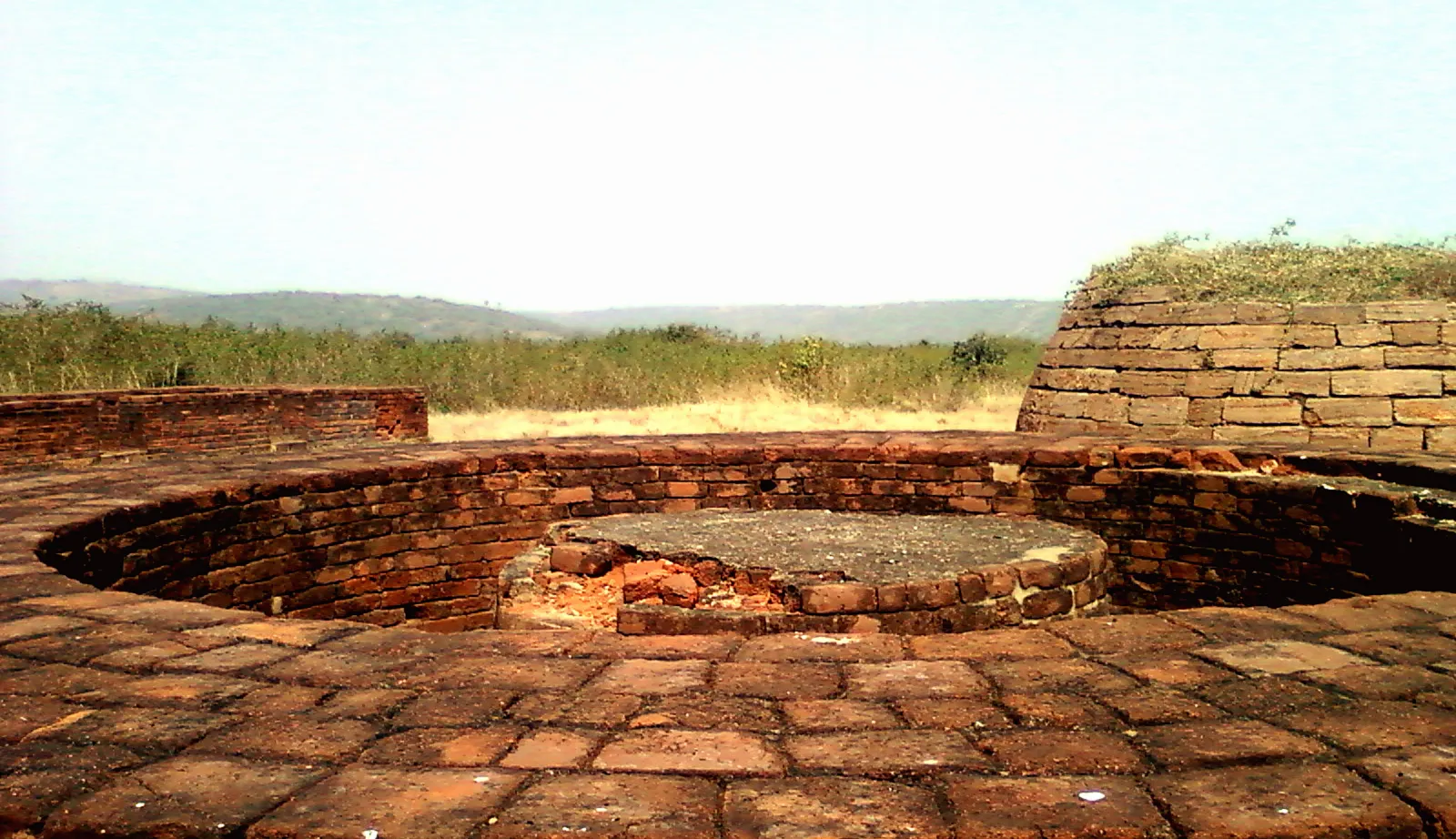
Heritage Status and Preservation Efforts
Recognizing Bavikonda’s importance, INTACH urged authorities to secure better protection. They advocated for UNESCO World Heritage status, which could attract funds and create jobs locally.
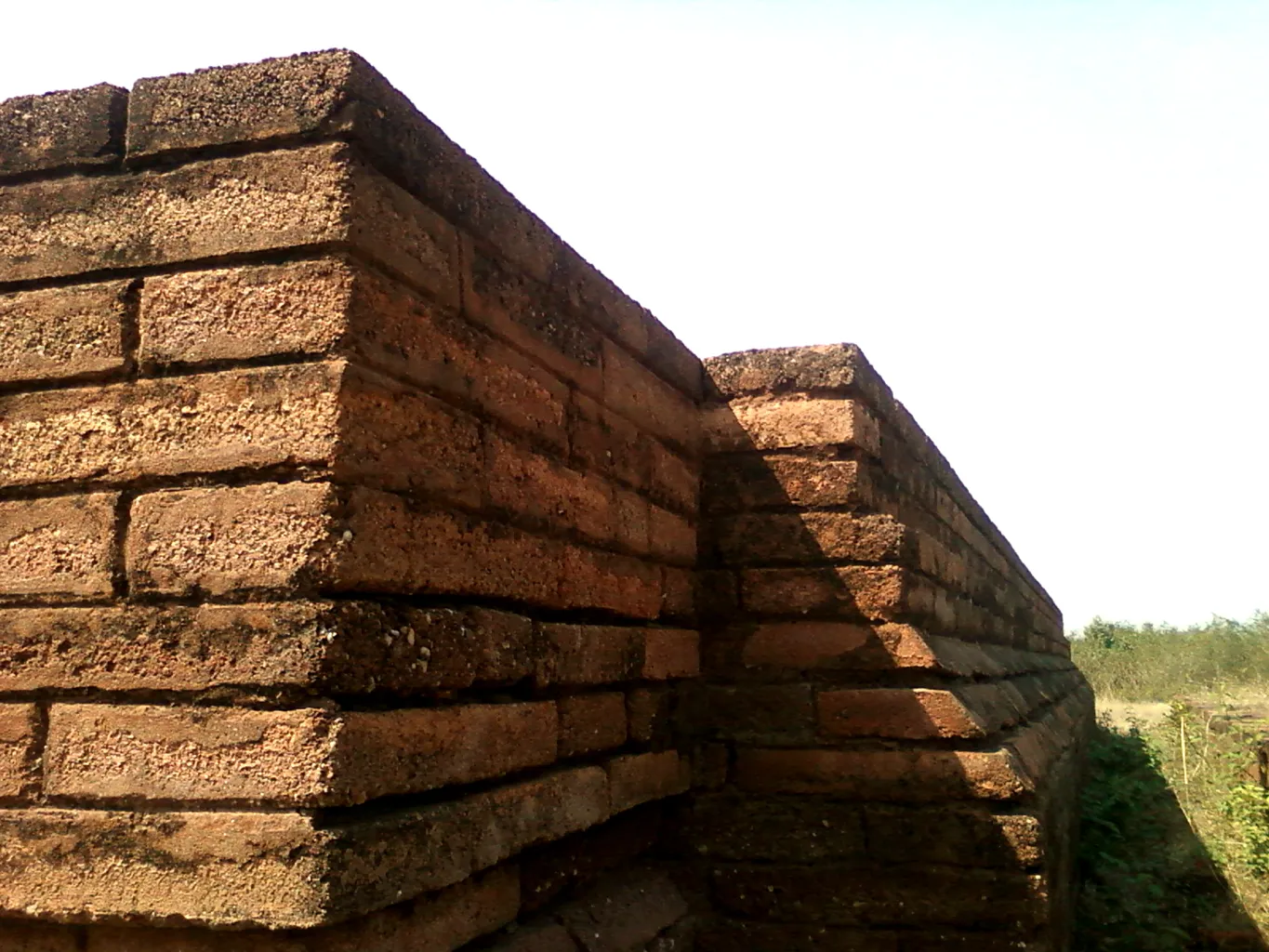
Conclusion
Bavikonda is more than just a hill; it’s a gateway to ancient Buddhist history. Its relics and architecture offer unique insights into early Buddhist life. Ongoing preservation efforts will ensure Bavikonda remains a vital part of India’s cultural heritage.
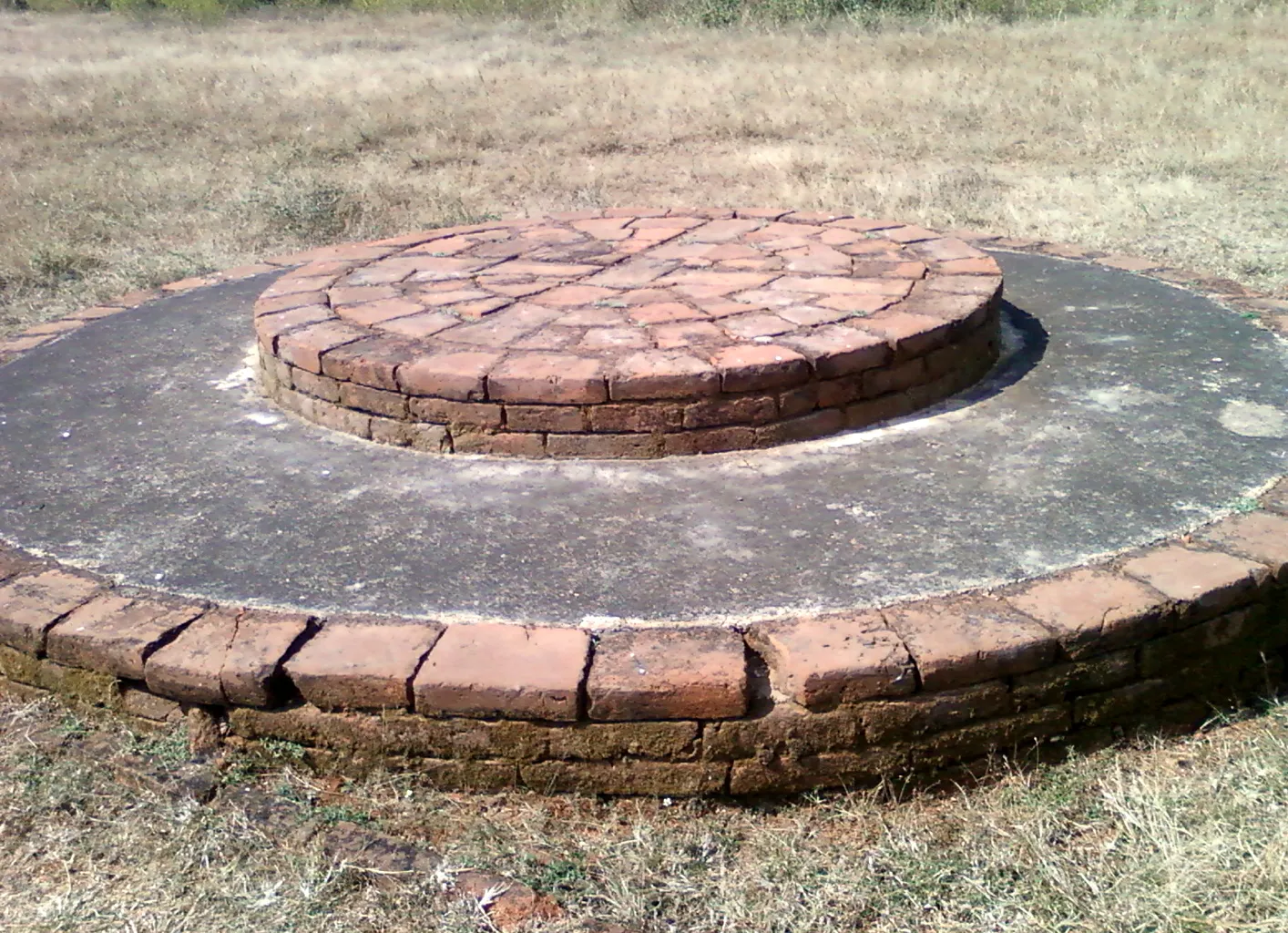
Sources:

